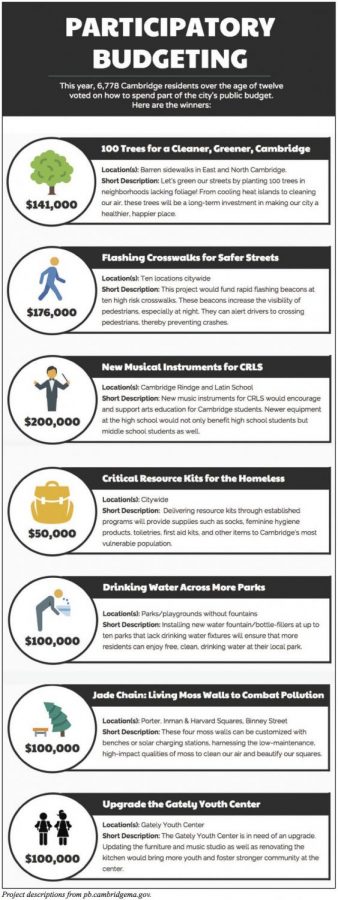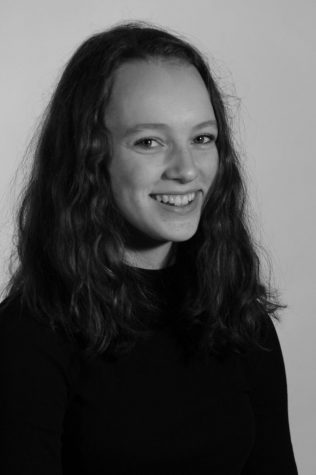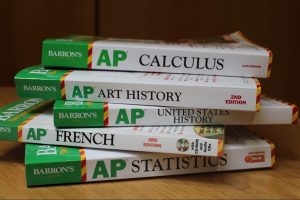City Announces Budgeting Results
January 30, 2018
This December, Cambridge held a participatory budget vote for 2017. The vote allowed any Cantabrigian over the age of twelve to vote for their choice of projects they think the city should invest in.
All types of community members can propose a project, from students to professionals. Residents were able to vote for a total of five projects, and seven were chosen by the end of the voting period. During the voting period of December 2nd–8th, 6,778 residents of Cambridge put in their vote to help their hometown.
CRLS computer science teacher Ms. Atwood was a member of the participatory budgeting outreach committee, a committee which aims to reach out to as many people in the city as possible about the vote. According to Ms. Atwood, white women vote in PB most, and the city wants other groups to participate. Ms. Atwood commented, “I think it was better this year. I’m hoping with more students getting Chromebooks next year we can incorporate [PB voting] into classrooms more.” Ms. Atwood explained that it’s hard to encourage all students to vote when not everyone has digital access.
A vast array of projects were listed- in this year’s vote—all with their unique benefits for the city. Seven projects won a combined total of $867,000 in funding. Some projects were continuations of previous ideas, while others were brand-new.
A unique aspect of participatory budgeting is that multiple projects within the city of Cambridge can be improved after just one voting cycle. From the 2017 cycle, music education will improve at CRLS, thanks to $200,000 for new musical instruments.
For younger students in Cambridge, $100,000 will go to upgrading and improving the Gately Youth Center. Regarding youth centers, Ms. Atwood commented that the participatory budgeting outreach committee worked with youth centers to engage young voters.
In an attempt to make the city of Cambridge greener, $141,000 will go to the planting of trees throughout East and North Cambridge sidewalks. This project began a few years ago in other parts of the city, but in this case, the vote continued the project, acknowledging there is still room for more trees and cleaner air in some parts of the city.
Another $100,000 was voted to create moss walls in Porter Square, Inman Square, Harvard Square, and Binney Street. In addition to bringing life to these areas, the moss walls will potentially pair up with solar charging stations or benches, so the cleaner air can be fully utilized by community members.
Another winning initiative was $50,000 for homeless critical resource kits. These kits will have some of the most necessary products for the homeless. They include feminine hygiene products, toiletries, socks, first aid kits, and more.
The goal of these resources is to support vulnerable members of the city so they can stay safer, warmer, and more prepared for any problems that may arise.
For the Cambridge pedestrian, two projects were chosen to provide residents with safety as well as convenience. $100,000 will go to water fountains throughout city parks, and another $176,000 will go to ten new flashing crosswalks for increased pedestrian safety.
Junior Ezra Rudel, who encouraged classmates to vote in PB, commented, “Cambridge has this unique opportunity for students to help make city-level decisions, and getting young voices involved in city politics in general is really critical now.”
Grace Ramsdell and Cecilia Barron also contributed to this piece. This piece also appears in our January print edition.










